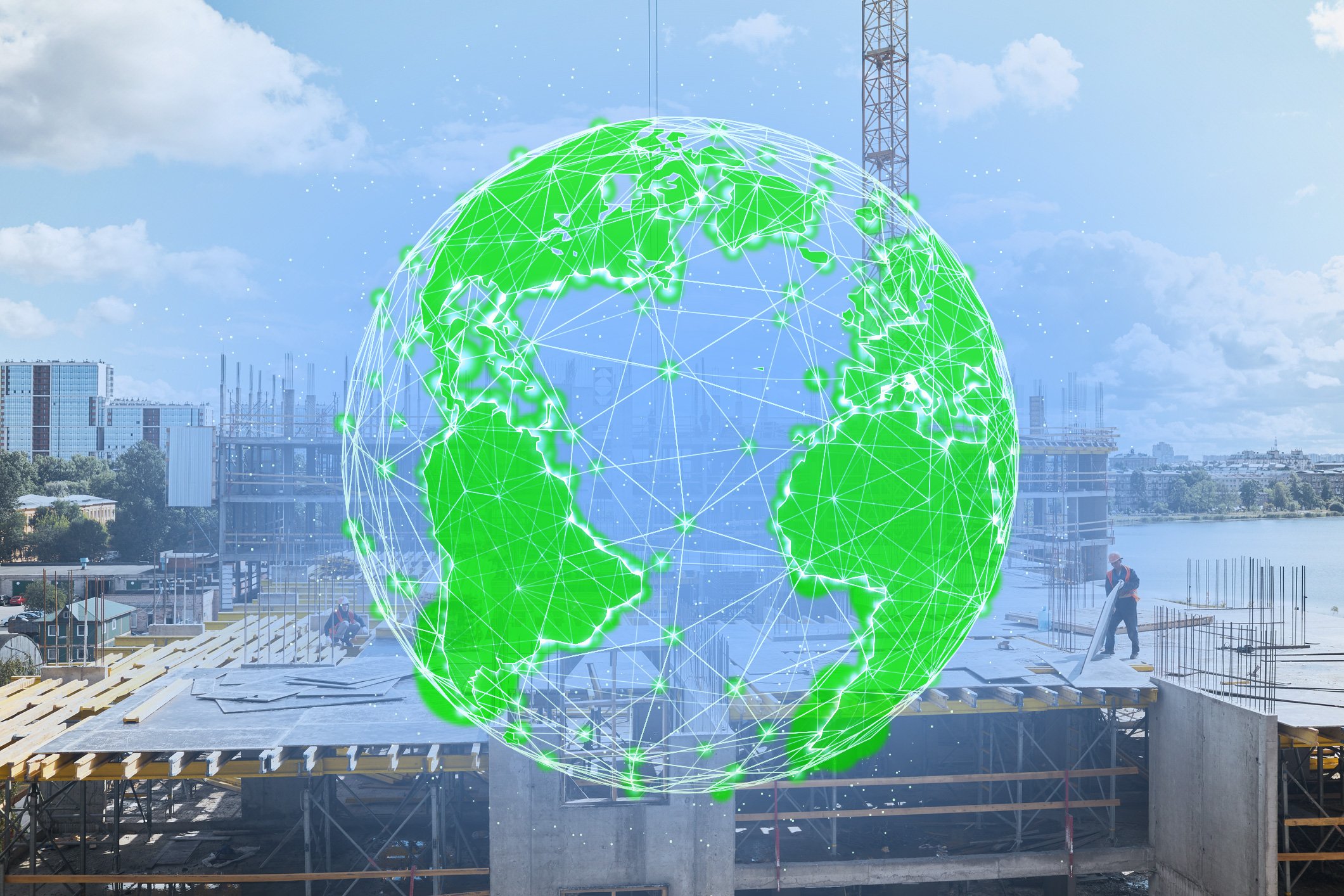
We are all part of this world. What’s good for the planet is good for humanity.
It’s a simple enough idea to get behind. And yet our destructive industrialized way of life continues to hurtle forward at an unrelenting pace.
It’s an inescapable fact that construction is a major contributor to the climatological crisis we now find ourselves entangled in. In 2019, the construction industry dumped almost 10 gigatons of carbon dioxide into the environment, accounting for a staggering 39% of total global emissions. These grim statistics and the cataclysmic consequences of a business-as-usual frame of mind will only keep getting worse until we decide to change.
What does that change look like? How can construction become less destructive and more sustainable? These are big questions and thankfully, we have a vast array of tools to help us find the answers. One of the most promising of those tools is six dimensional Building Information Modeling.
What Is BIM?
Before we dive into the deep end, let’s stick to the shallows for a moment and refresh ourselves on the meaning of this odd three letter acronym: BIM, or Building Information Modeling, is a state-of-the art computer technology that has radically transformed how we plan, visualize, and monitor the progress of construction projects.
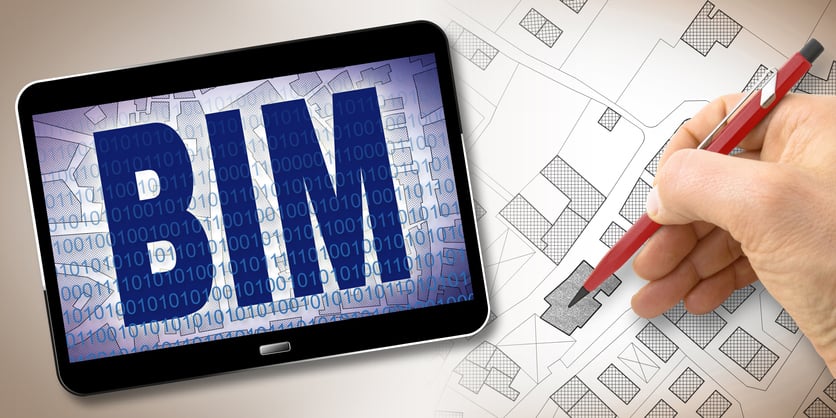
Think of it as the next evolutionary leap of a blueprint or CAD file. Using powerful cloud based software and a variety of other inputs like LiDAR scans, BIM specialists can convert complex architectural and engineering designs into highly interactive three-dimensional simulations of what a structure will look like once it’s finished. These virtual 3D models can be explored from multiple angles and can automatically reveal how the tweaking of individual elements within the system will affect the greater whole. One of the things that makes BIM so unique is that it incorporates deep layers of information about everything from material properties to the enmeshed intricacies of a building’s electric, plumbing, and HVAC systems.
Sustainable plumbing systems and sustainable HVAC systems can be installed to reduce your project’s environmental footprint, and BIM and other project visualization technologies can mitigate risk and provide digitized assurances that these systems are efficiently and expertly installed.
This unparalleled unification of both graphical and non-graphical data into a single platform makes BIM the most sophisticated method for imagining and executing construction projects in the modern era.
What Is 6D BIM?
We’ve established that the boilerplate version of BIM is a digitized process for creating virtual 3D models of a building. But that’s just the beginning. There are many other versions, or dimensions, of this technology that do different things. We’ll learn more about all the dimensions of BIM in a moment. For now, we’re just going to focus on one of them: six dimensional, or 6D BIM.
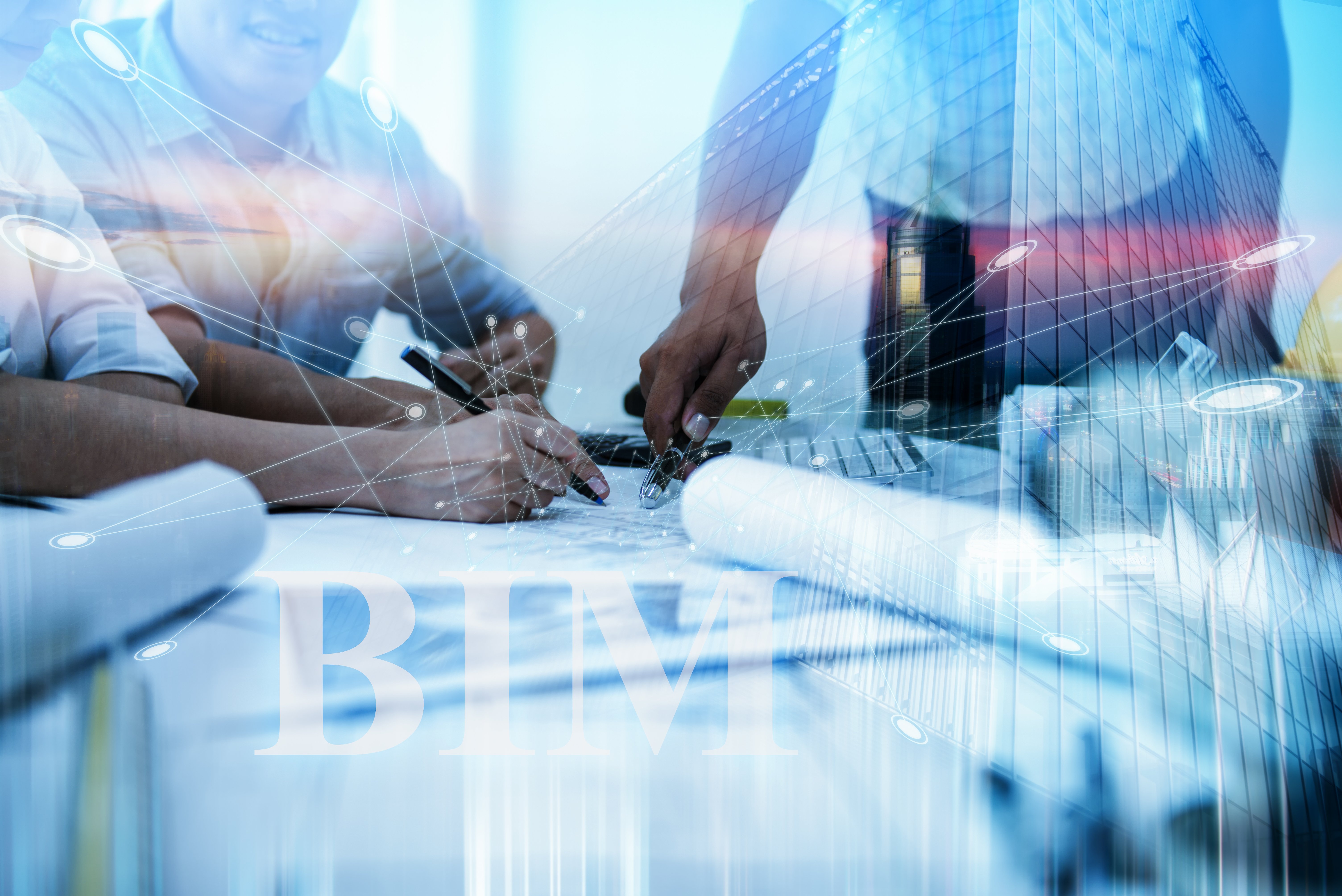
We should disclaim up front that there’s no 100% consensus on what exactly 6D BIM is. Keep in mind this is still a very young technology, so different companies and stakeholders have their own particular definitions of BIM’s various iterations. That said, there is a growing plurality of industry professionals who share the understanding that 6D is an enhanced version of BIM that allows the user to simulate and analyze a structure based on its energy efficiency and sustainability profile. For simplicity’s sake, this is the version that we refer to in this article to describe how BIM can be used to advance the cause of sustainability in construction.
How can we design a building to have a minimal impact on surrounding ecosystems? What kinds of construction materials and fixtures are the most environmentally friendly? How can we reduce waste during the construction process? What technologies and practices are available to reduce or even eliminate the carbon footprint of a building over the duration of its lifespan?
6D BIM offers answers to these questions, empowering users to finetune designs of environmentally mindful structures and evaluate their performance over time against the metrics of sustainability and energy efficiency.
The Multiple Dimensions of BIM
This should come as no surprise but the concept of dimensions in BIM is a little different from what’s laid out in theoretical physics. Sure, the third dimension in 3D BIM is the same as our real world definition: a vision of space that has depth and solidity beyond the flat linearity of a two-dimensional plane. Similarly, 4D BIM tracks with the scientific understanding of the fourth dimension as the element of time, revealing how a project will unfold over the course of a set schedule. This is where the similarities end. From here, BIM diverges into its own particular set of dimensional definitions that have nothing to do with what physicists are talking about when they discuss superstring theory.
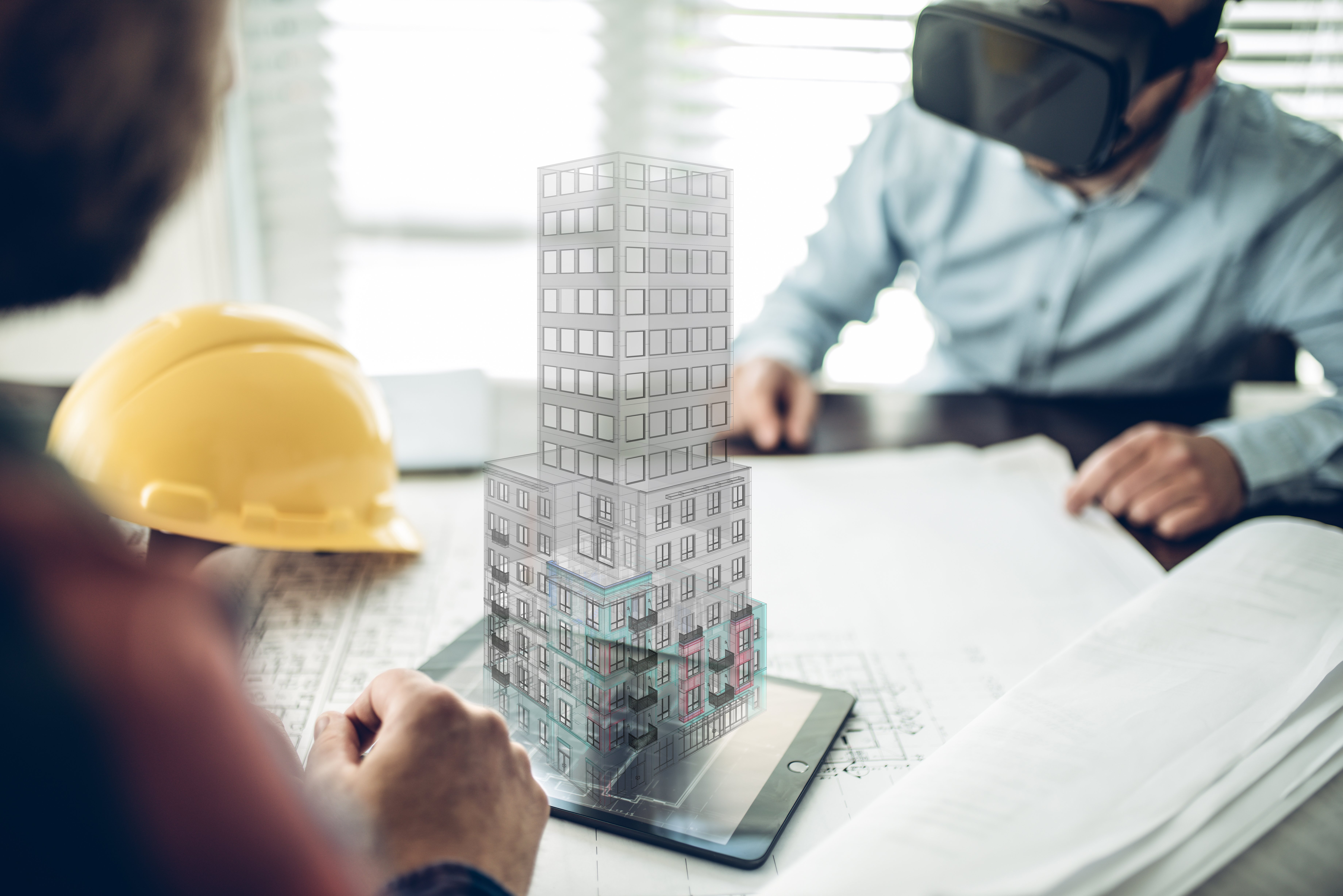
The quantum view of the universe posits that our reality consists of at least 11 dimensions; most of which are only accessible to subatomic particles. A relatively straightforward explanation of the “real” sixth dimension is that it’s a place where the viewer can lay eyes on all possible universes that sprang from the Big Bang. This is of course quite a bit different from the sixth dimension as it’s represented in 6D BIM, which, once again, provides a digital overview of sustainability in construction.
While complicated in its own right, BIM is much easier to wrap your head around than quantum physics and currently only has eight dimensions by comparison—though they’re inventing new ones every day. We’ve already covered the first four (3D BIM includes all three spatial dimensions) and you’re in the middle of an entire article about 6D BIM, so here’s a quick breakdown of the remaining three dimensions:
- 5D BIM represents the dimension of cost, allowing the user to estimate and track budgets as well as the changing prices of materials, equipment, and entire buildings.
- 7D BIM is for the ongoing maintenance and management of a structure once it’s complete, allowing the user to keep a handle on technical specifications and monitor the functioning of vital systems throughout a building’s lifecycle.
- 8D BIM helps prevent workplace injuries by infusing BIM models with comprehensive health and safety information.
How Can 6D BIM Make the Construction Industry More Sustainable?
The very presence of 6D BIM on a project strikes a critical tone: that sustainability is of utmost importance and that success cannot be achieved without measuring up to rigorous environmental standards. If handled correctly, this tone resonates outward into every facet of work that follows, driving the planning stage, guiding construction, and permeating the maintenance and management philosophy of the building once it’s complete.
With 6D BIM at their disposal, far flung members of construction teams can suddenly strategize, communicate, and work together like never before on the shared objective of creating structures that have the well-being of people and the planet in mind. Data that was once hidden away in dense documentation is suddenly rendered plain in a rich 3D graphical interface. This shared virtual platform makes it easy to envision and seamlessly integrate more sustainable elements into a design, whether it’s for a brand new building or an older one in need of rehabilitation. Armed with an accurate virtual model of the project at hand, contractors can make clear decisions on how to dedicate material, equipment, and personnel with a high degree of precision, dramatically reducing waste and increasing labor efficiency during the construction process. The 6D model can then continue to run alongside the completed structure, providing a command center from which the building’s energy performance can be monitored and controlled moving forward.
With this overview in mind, let’s take a closer look at a few of the specific ways that 6D BIM can make construction more sustainable:
- Energy efficiency
- Green design
- Eco-friendly policies
Energy efficiency
Let’s say you want the bulk of your building’s electricity to come from the sun. With 6D BIM, you can simulate the exact conditions you’d need to achieve that goal. How can you position your building to have the most access to sunlight throughout the day? How many solar panels will you need? What kind of wattage? How much surface area is required for a sufficient solar photovoltaic array? Now let’s say you want to increase efficiency even further by adding wind turbines or taking advantage of ambient energy sources like passive solar or geothermal heating and cooling. 6D BIM can model all these scenarios and more, along with exactly how much carbon is being outputted by the building during every stage of its lifecycle. There’s no better way to decarbonize a building than to remove its reliance on a fossil-fuel driven grid. A 6D BIM enabled project stands to gain tremendous amounts of insight into precisely how to turn that sentiment into a reality.
Green design
Building’s leave indelible imprints on the landscapes they sit within. To reduce harm to waterways and land based ecosystems, construction professionals need better methods for anticipating and preventing negative impacts before they occur. By the same token, the natural world affects the experience of what it’s like to live, work, and play within the built environment. How will a building’s internal temperature be affected by surrounding climate conditions? Is the building’s exterior up to the task of withstanding extreme heat or cold? Does the structure need to be built to survive wildfires, flash floods, or other climate change driven weather events? All these parameters can be modeled in 6D BIM. It can also simulate the inclusion of eco-friendly fixtures like LED lights or building materials like green concrete, revealing how different combinations will affect the strength and longevity of a structure. Architects and construction managers who are serious about creating sustainable and resilient structures need clear guidance for what exact steps they need to take to achieve LEED or BREEAM certification. 6D BIM is the most sophisticated design tool available to make sure all these boxes get checked.
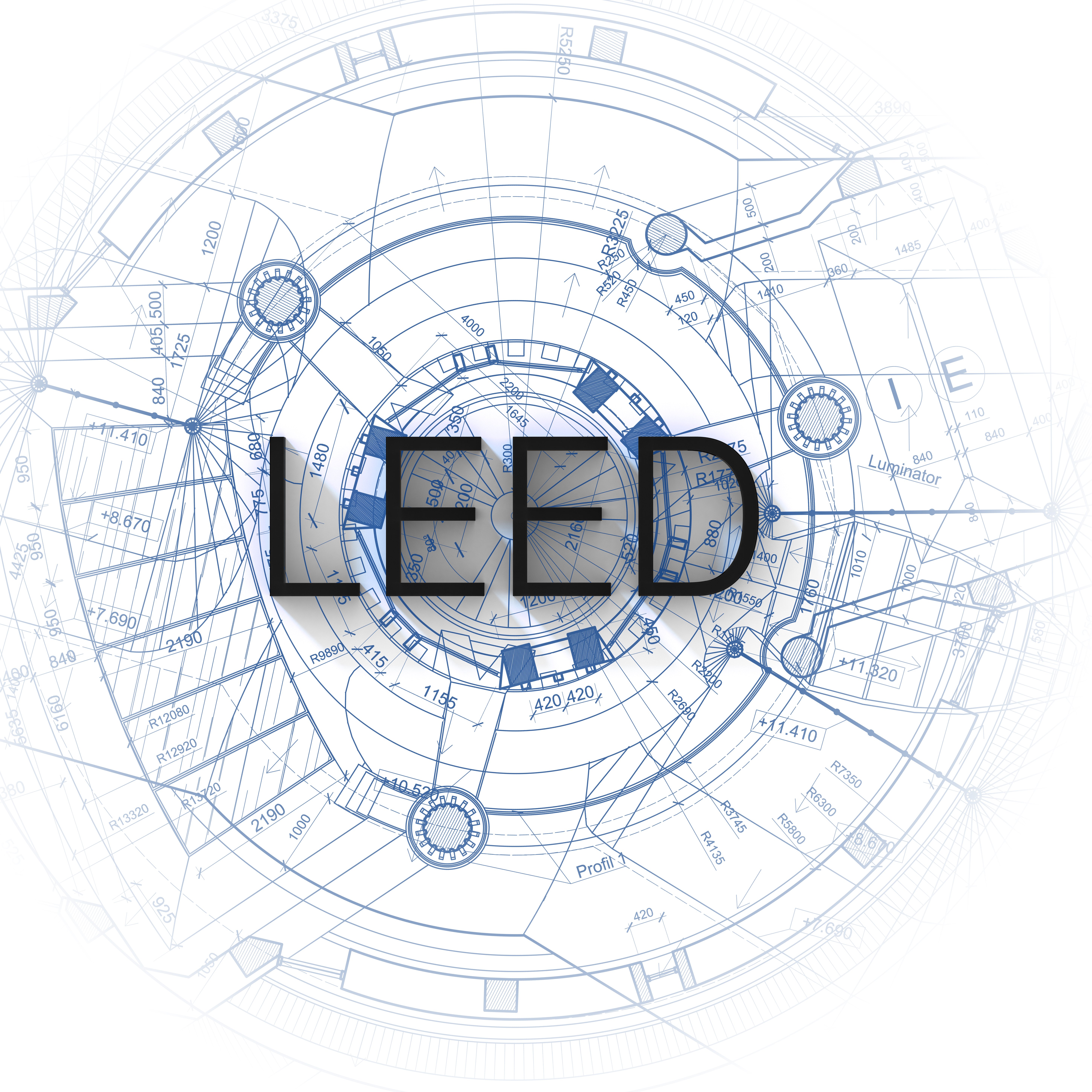
Eco-friendly policies
A major barrier in the way of a more sustainable future is the lack of robust policy. There is currently no requirement that all buildings be built according to a green code and the likelihood that policy packages like the Green New Deal will be adopted anytime soon remain low. This is a political problem. But with 6D BIM, the many advantages of sustainable building practices are laid bare for all to see and this barrier begins to feel a little less insurmountable. In the right hands, the 3D models generated by this technology could be used as a formidable tool of persuasion for convincing those with power and capital to invest in green solutions for the buildings and cities of tomorrow.
What Does the Future Hold for 6D BIM?
Already a $4.5 billion industry, the market for BIM is expected to double by 2025. This is an encouraging indicator that a growing number of construction companies are adopting this cutting edge technology. Whether they use it to introduce greater sustainability to their projects remains to be seen.
One thing’s for sure: The sooner we take action on climate change, the more effective we will be at mitigating its most disastrous effects. One of the key players that will have to make a decisive move in a more sustainable direction is the construction industry. With 6D BIM in our arsenal, we have the opportunity to chart the course into a greener future with unparalleled speed and precision.
We have no time to waste. The US Energy Information Administration predicts that global energy consumption will grow by 50% between now and 2050. Major industries, including construction, will account for the largest share of this growth. The good news is that it seems like we’re beginning to change course. The EIA’s analysis shows that renewable energy sources are growing at a faster rate than any other, and will even eclipse petroleum and natural gas by 2050. The picture these datapoints paints is clear: The winds of change are blowing and they’re turning us slowly but steadily in the direction of sustainability. The answers to how we build our way into that greener future are waiting for us in the sixth dimension.
Other BIM topics